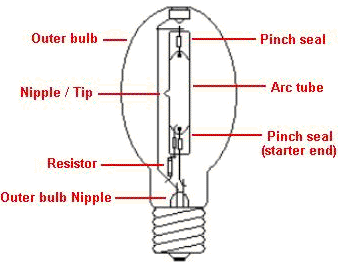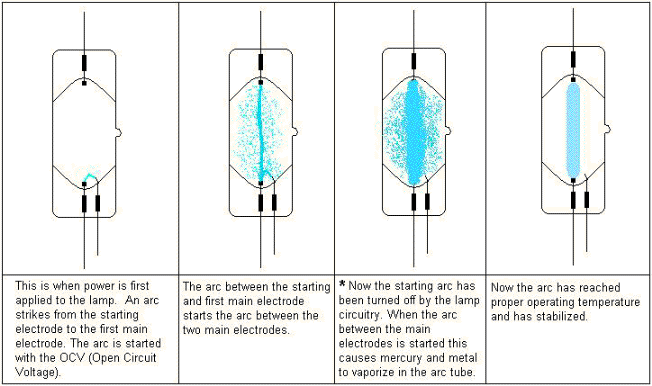- Joined
- Oct 24, 2009
- Messages
- 2,738
- Points
- 63
For years whenever I saw an unusual light of any kind I would always wonder what made it tick, and sometimes I'd collect another strange or just different light or fixture.
Even now I collect different and unusual CFL lamps, and of course LED bulbs. Neon flicker bulbs, electroluminescent glow strips, odd blacklights and whatever turns up.
Here is a 35 watt sodium lamp I built from junk items, the box had an exciter for a tesla coil in it once, but the primary coils smoked, so I gutted the box.
The ballast was small and compact so it fit right in that box like it was made for it.
The cutout on the top was just the right diameter for a porcelain socket, and the bulb was intended for a small light commonly used under bridges and in tunnels.
I have a few other unusual lights that I can photo sometime.
So does any one else "collect" strange lights? (besides lasers)

Even now I collect different and unusual CFL lamps, and of course LED bulbs. Neon flicker bulbs, electroluminescent glow strips, odd blacklights and whatever turns up.
Here is a 35 watt sodium lamp I built from junk items, the box had an exciter for a tesla coil in it once, but the primary coils smoked, so I gutted the box.
The ballast was small and compact so it fit right in that box like it was made for it.
The cutout on the top was just the right diameter for a porcelain socket, and the bulb was intended for a small light commonly used under bridges and in tunnels.
I have a few other unusual lights that I can photo sometime.
So does any one else "collect" strange lights? (besides lasers)

















